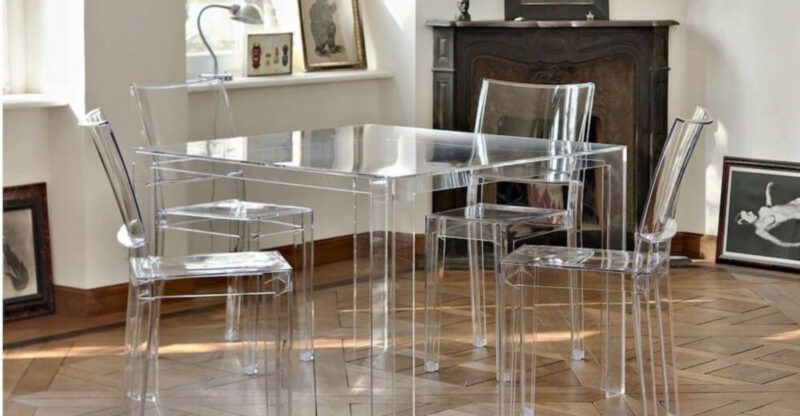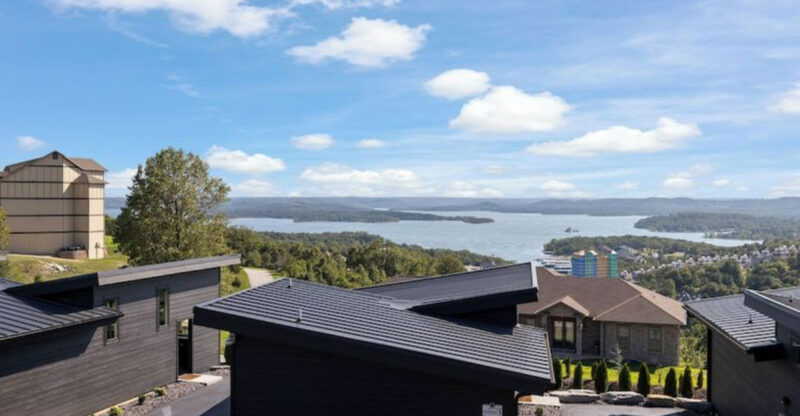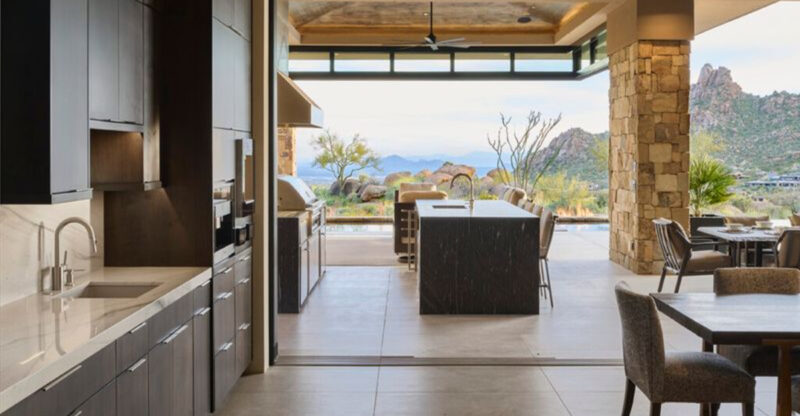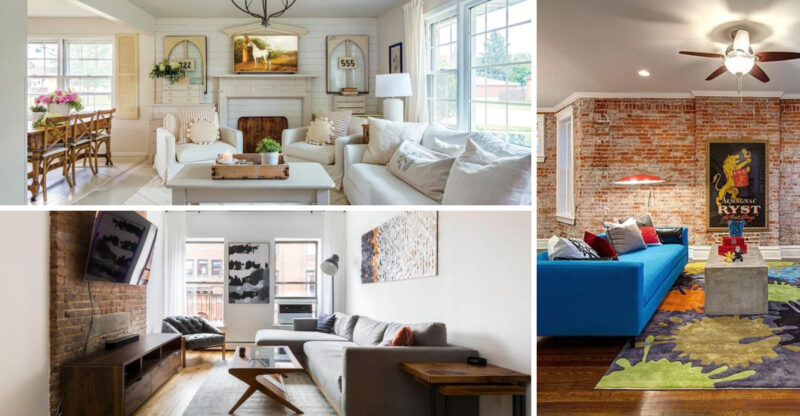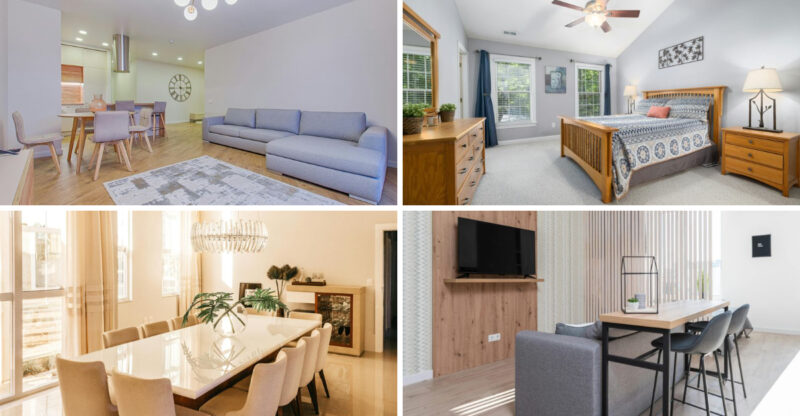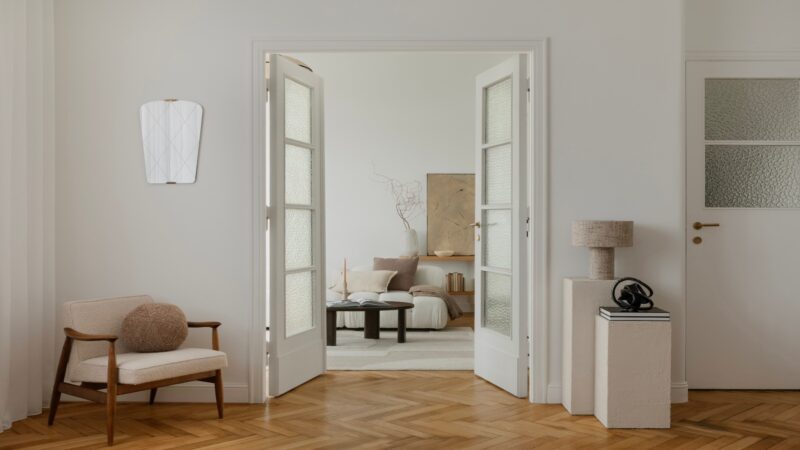16 Features You Love About Your Home That Buyers Won’t Plus 5 You All Dislike
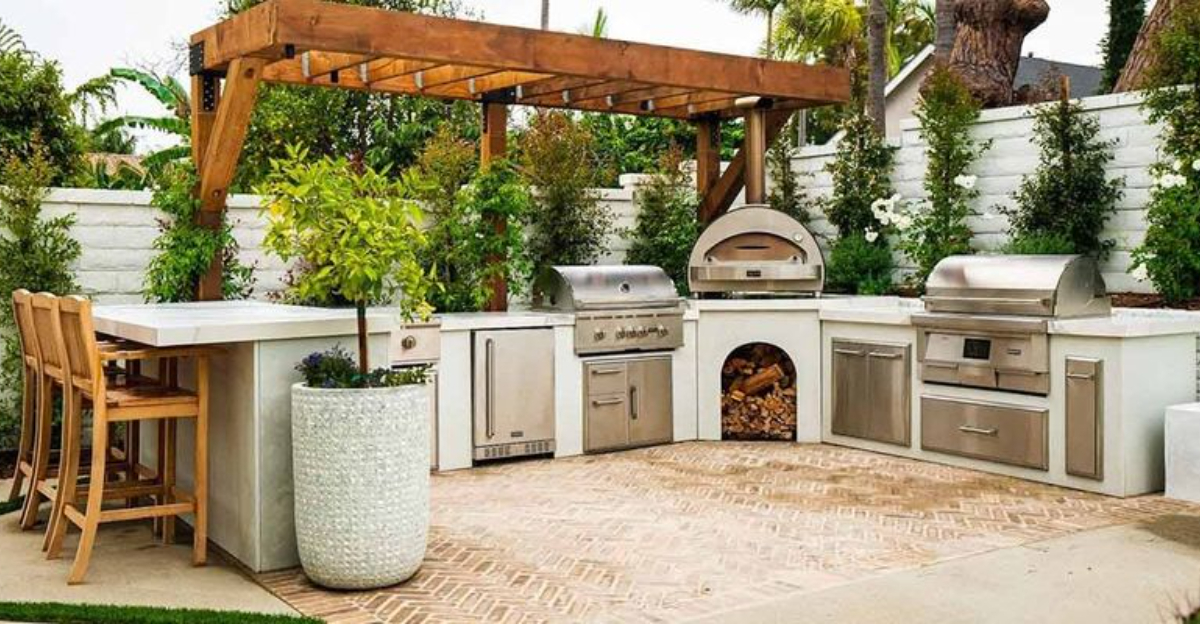
Your home is filled with personal touches that make it uniquely yours. But when it comes time to sell, some of those beloved features might actually turn buyers away.
What feels like character to you could look like extra work to someone else. Let’s explore which home features create this seller-buyer disconnect and which ones we all agree are problematic.
1. Bold Paint Colors
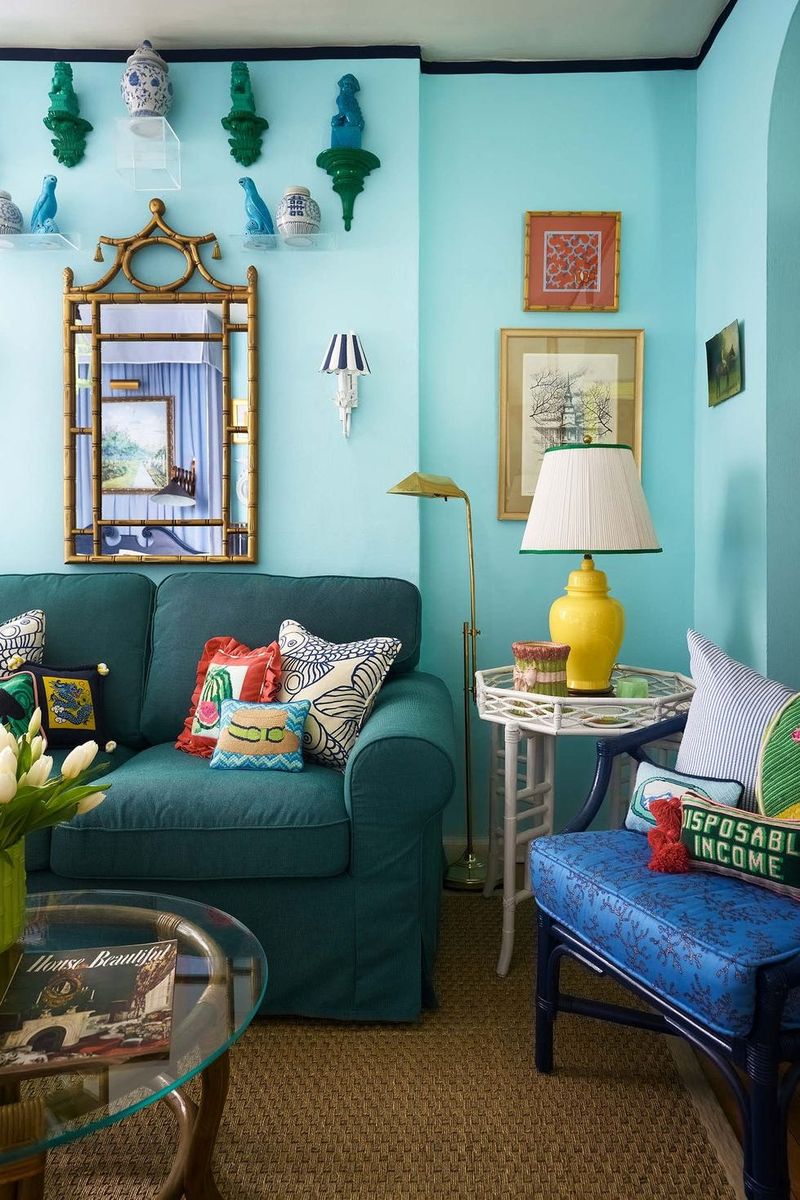
That electric blue kitchen or deep burgundy bedroom might feel like the perfect expression of your personality. I spent hours picking just the right shade and love how it transforms the room’s energy. My friends always comment on how the color makes my space feel alive and vibrant.
Most buyers, however, see only the work ahead. They’ll mentally add repainting to their to-do list before even finishing the tour. Neutral colors help buyers envision their own furniture and style in the space.
If you’re not selling soon, enjoy your colorful walls! When listing time approaches, consider repainting with light grays, beiges, or whites to help your home appeal to the widest audience possible.
2. Personalized Wallpaper
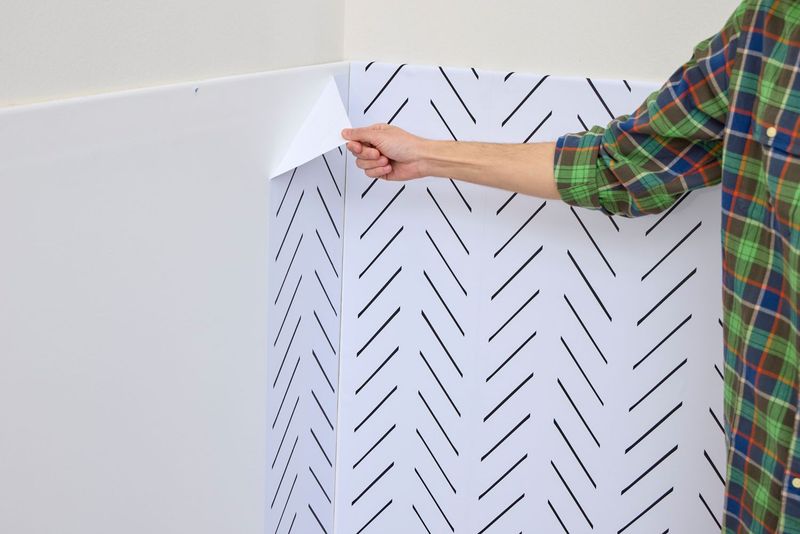
Those custom-designed wallpaper murals depicting your family history or favorite vacation spots create a one-of-a-kind atmosphere you cherish. My wallpaper tells stories that paint brings me joy every morning. Each pattern reflects a chapter of my life, from the floral print reminiscent of childhood to the geometric design from my travels.
Buyers typically see wallpaper as outdated and difficult to remove. The more personalized your selection, the harder it is for them to imagine themselves living there. They’ll immediately calculate the cost and effort of removal.
While you should enjoy your personalized walls now, consider removing highly customized wallpaper before listing. This simple change can prevent your unique taste from becoming a negotiation point during sales.
3. Themed Rooms
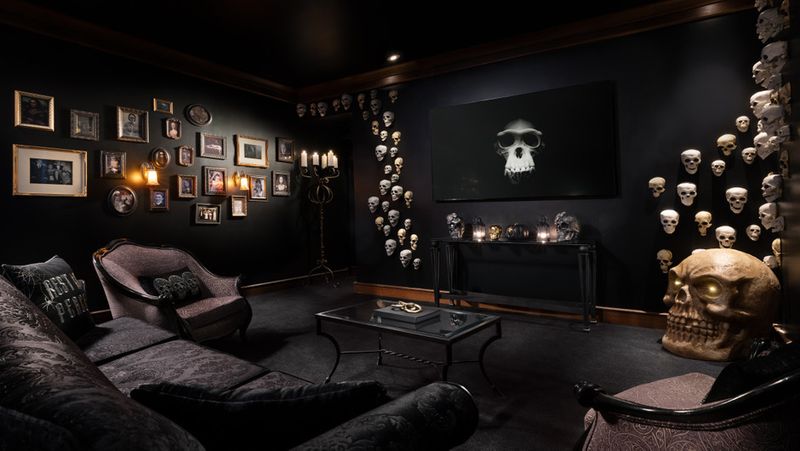
Your basement tiki bar complete with bamboo walls and grass-skirt trim brings you endless joy. I’ve spent years perfecting my Star Wars theater room with authentic props and custom lighting. Friends love coming over for movie nights in my themed space that transports us to another world.
Potential buyers might appreciate your dedication but will likely see only the renovation costs. Themed rooms feel like someone else’s dream rather than a blank canvas. They often wonder how much it will cost to convert the space back to something neutral.
If selling is in your future, consider photographing your themed masterpiece for memories, then neutralizing the space. This doesn’t mean eliminating all personality just toning it down enough that buyers can envision their own uses for the room.
4. Bright Accent Walls
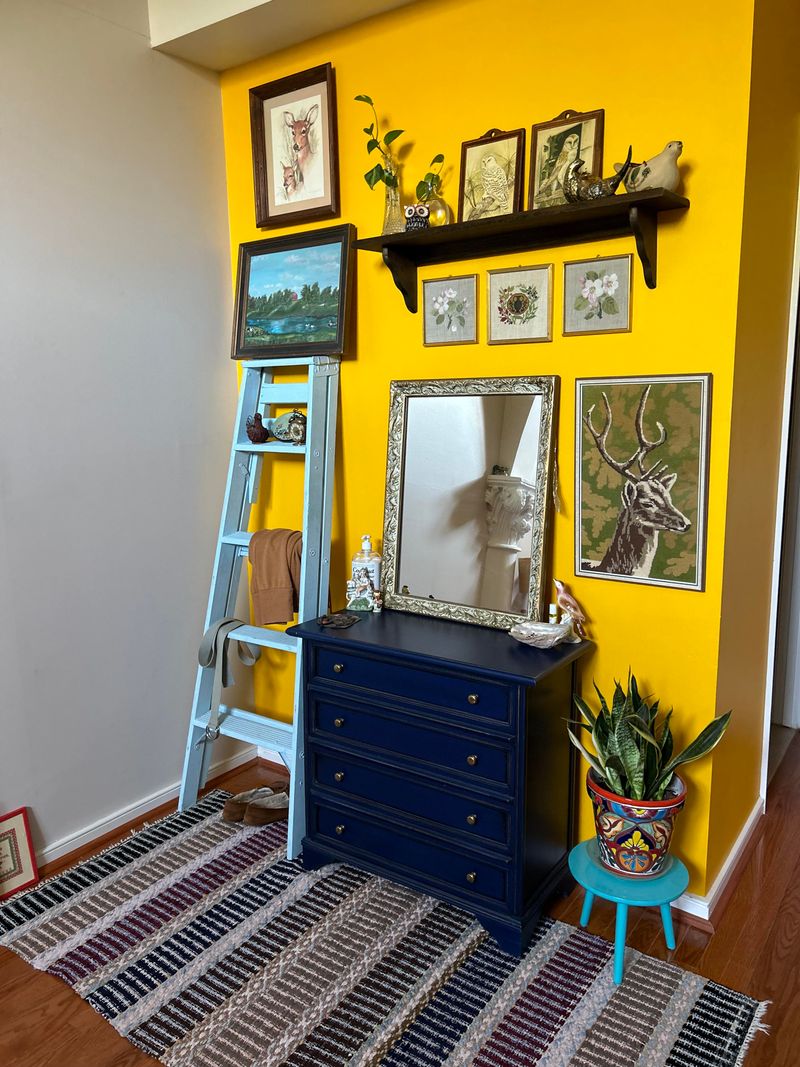
That fiery red wall behind your sofa creates the perfect focal point in your living room. My emerald green accent wall makes my dining space feel intimate and elegant. The contrast with the neutral furniture creates exactly the dramatic effect I was hoping for when I chose the color.
Buyers often struggle to see past bold design choices. Even a single accent wall in a vibrant color can trigger the same reaction as an entirely painted room. They wonder if one coat of paint will cover it or if they’ll need to apply primer first.
Before listing, consider repainting accent walls in neutral tones that complement the rest of your color scheme. This small change can make spaces feel larger and more cohesive to potential buyers, increasing your home’s perceived value without a major renovation.
5. Built-In Desks
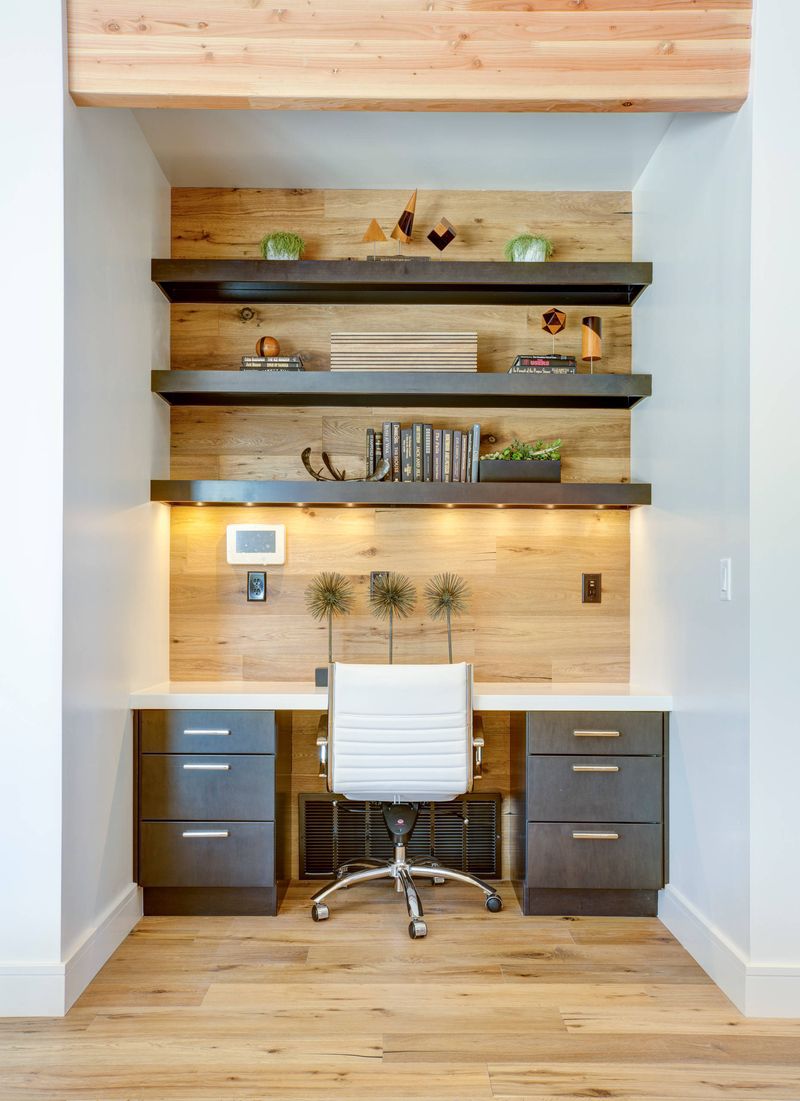
Your custom-built office nook in the kitchen perfectly fits your laptop and bills. I love having a dedicated workspace that blends seamlessly with my home’s design. The built-in shelving holds all my reference materials, and the cable management system keeps everything tidy.
Many of today’s buyers see built-in desks as wasted space or outdated features. Work habits have changed dramatically, with more people needing dedicated home offices rather than small nooks. Younger buyers might prefer using that space for additional kitchen storage.
If your built-in desk is in good condition, highlight its versatility when selling. Suggest alternative uses like a serving station, homework area, or charging station for devices. Sometimes reframing how the space can function helps buyers see potential rather than limitations.
6. High-Maintenance Landscaping
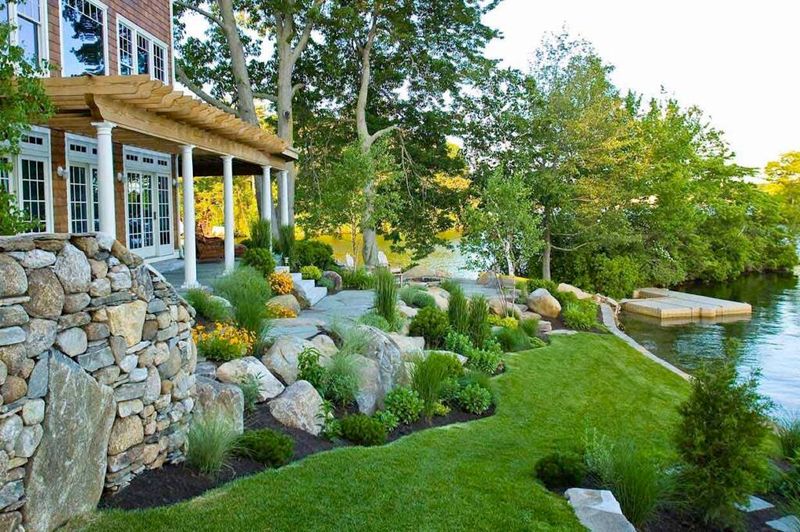
Your meticulously manicured English garden with rare specimens brings you peace and pride. I’ve spent years cultivating my Japanese-inspired landscape with special pruning techniques and seasonal care routines. The compliments from neighbors make all the weekend work worthwhile.
Buyers often see elaborate landscaping as a burden rather than a blessing. They calculate the time and money required for upkeep or the cost of hiring professionals. Many modern buyers prefer low-maintenance outdoor spaces that require minimal attention.
When preparing to sell, consider simplifying your garden areas. Replace some specialty plants with native, drought-resistant varieties that need less care. Create clean edges and mulched beds that look tidy without suggesting weekend-consuming maintenance. This approach preserves curb appeal while reducing the perceived workload.
7. Large Jacuzzi Tubs
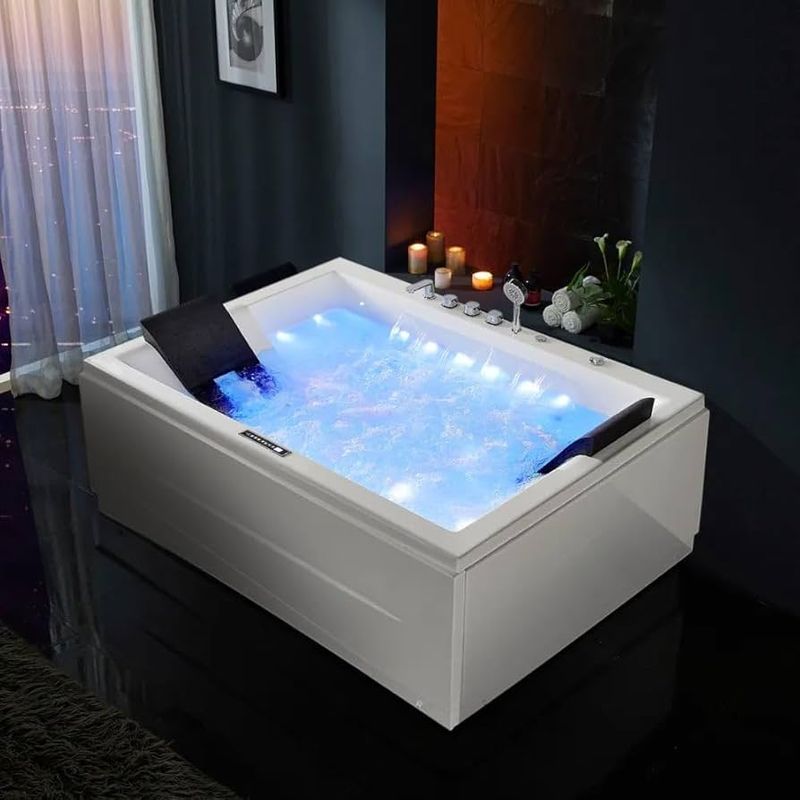
Soaking in your oversized jetted tub after a long day feels like the ultimate luxury. My evening ritual includes bath bombs, candles, and a good book in my jacuzzi tub. The powerful jets help relieve my back pain better than any massage.
Today’s buyers often view large tubs as water-wasters and outdated features. Many prefer large walk-in showers with multiple sprayers or rainfall heads. They also consider the practical aspects how often would they actually use the tub versus the space it occupies?
If you’re planning to sell, you don’t necessarily need to remove your beloved tub. Instead, ensure it’s spotlessly clean for showings and consider updating surrounding features like faucets or tile. If your bathroom allows, adding a separate shower can give buyers the best of both worlds without sacrificing your soaking sanctuary.
8. Formal Dining Rooms
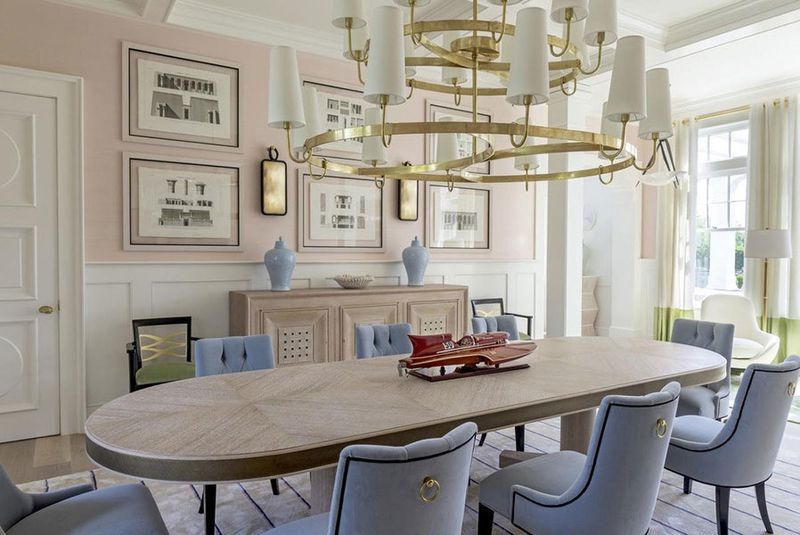
Holiday gatherings around your formal dining table create treasured family memories. I love hosting dinner parties in my dedicated dining room where conversations flow freely without kitchen distractions. The crystal chandelier and wainscoting make even ordinary meals feel special.
Many contemporary buyers see formal dining rooms as wasted square footage. Casual eating habits and open-concept preferences have changed how families use space. They often prefer larger kitchens with eating areas or multipurpose rooms that can adapt to different needs.
When selling, stage your dining room to suggest flexibility. Perhaps add a small desk in one corner or show how the space could function as both dining and homework area. Removing overly formal elements like heavy drapes can help buyers envision more casual uses while maintaining the room’s intended purpose.
9. Popcorn Ceilings
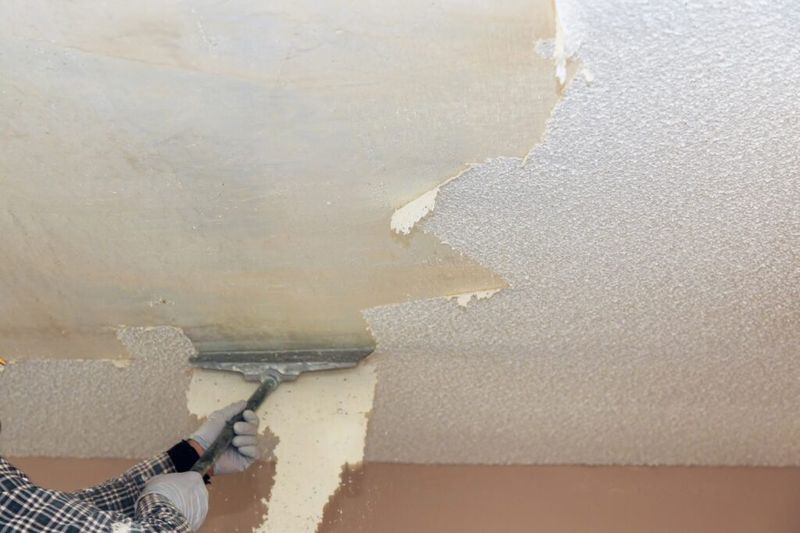
Your vintage popcorn ceilings might seem charming or nostalgic to you after all these years. I’ve grown accustomed to the textured look overhead and appreciate how it dampens sound between floors. The sparkly finish even catches light in interesting ways during evening gatherings.
Buyers universally dislike popcorn ceilings, seeing them as outdated and potentially problematic. They worry about asbestos in older applications and dread the messy removal process. These textured ceilings also make rooms feel older and less clean, regardless of their actual condition.
If selling is on the horizon, consider professional removal of popcorn textures, especially in main living areas. This relatively affordable update delivers significant return on investment by immediately modernizing your space. If removal isn’t feasible, price accordingly and be prepared for this feature to become a negotiation point.
10. Wall-to-Wall Carpeting
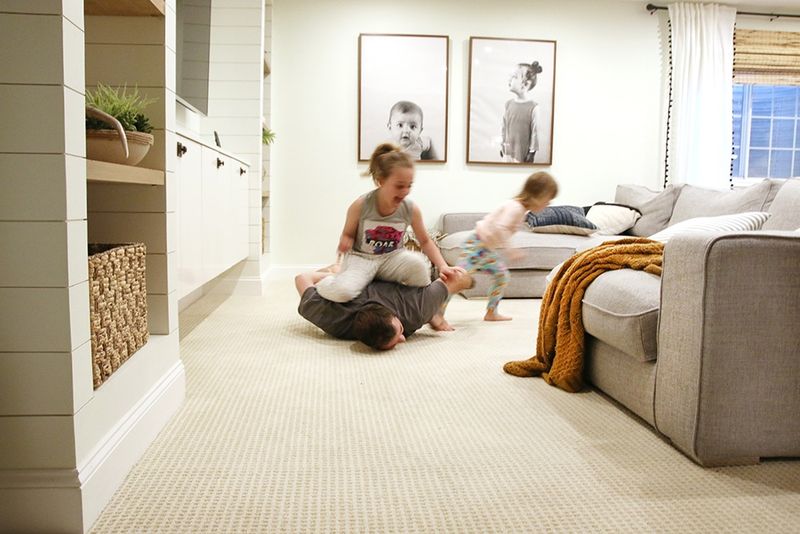
The plush carpeting throughout your home feels warm and cozy underfoot on cold mornings. I love how carpet absorbs sound and creates a soft landing spot for my children to play. The uniform flooring creates visual flow from room to room that hardwood can’t match.
Most of today’s buyers prefer hard surface flooring, especially in main living areas. They worry about allergens trapped in carpet fibers and the difficulty of removing stains. Wall-to-wall carpeting also feels dated compared to current trends favoring hardwood, luxury vinyl, or tile.
If replacing carpet isn’t in your pre-sale budget, professional cleaning can dramatically improve appearance. Consider replacing carpet in at least the main living areas if possible, keeping it only in bedrooms where it’s more accepted. Even this partial update can significantly impact buyer perception of your home’s overall condition.
11. Converted Garages

Your garage-turned-home gym gives you convenient workout space without a monthly membership fee. I transformed my garage into the perfect home office, with custom lighting and built-in storage for all my supplies. The conversion added valuable living space without the cost of a full addition.
Buyers typically want garages for their intended purpose parking cars and storing seasonal items. They see converted spaces as missing amenities rather than bonus rooms. This is especially true in neighborhoods with limited street parking or harsh weather conditions.
When selling, consider whether returning the space to a functioning garage is feasible. If not, ensure the conversion meets building codes and looks professionally finished. Market the versatility of the space while acknowledging that some buyers may want to convert it back this transparency prevents disappointment during home inspections.
12. Excessive Built-Ins
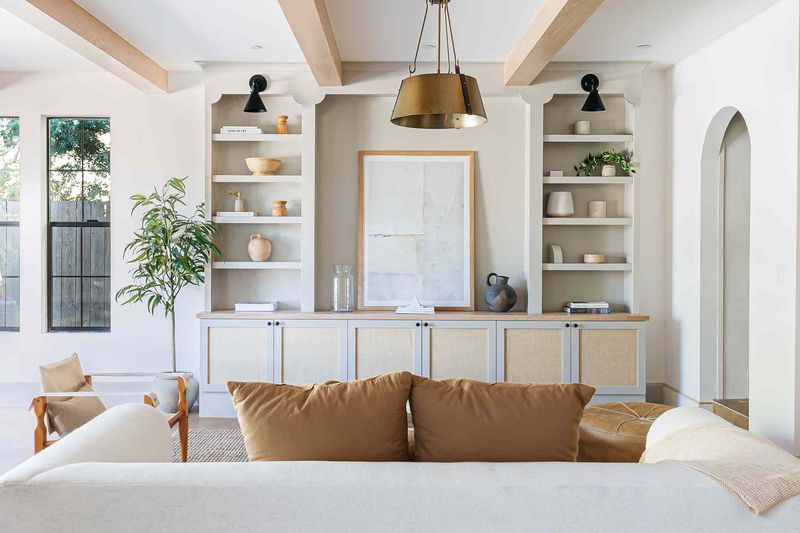
Your custom built-in bookshelves, entertainment centers, and storage solutions perfectly accommodate your specific needs. I invested in floor-to-ceiling cabinetry that maximizes every inch of my space. The specialized compartments for my hobby equipment keep everything organized just how I like it.
Buyers often see extensive built-ins as inflexible and potentially limiting. They wonder if their furniture will fit around these permanent fixtures. More minimalist design preferences make some built-ins appear bulky and outdated rather than helpful.
Before listing, evaluate which built-ins add universal value versus those that serve only your specific needs. Consider removing highly specialized units that might limit furniture placement. For remaining built-ins, stage them minimally to showcase their storage potential without overwhelming the space. This balanced approach preserves useful features while reducing their visual dominance.
13. Glass Block Walls
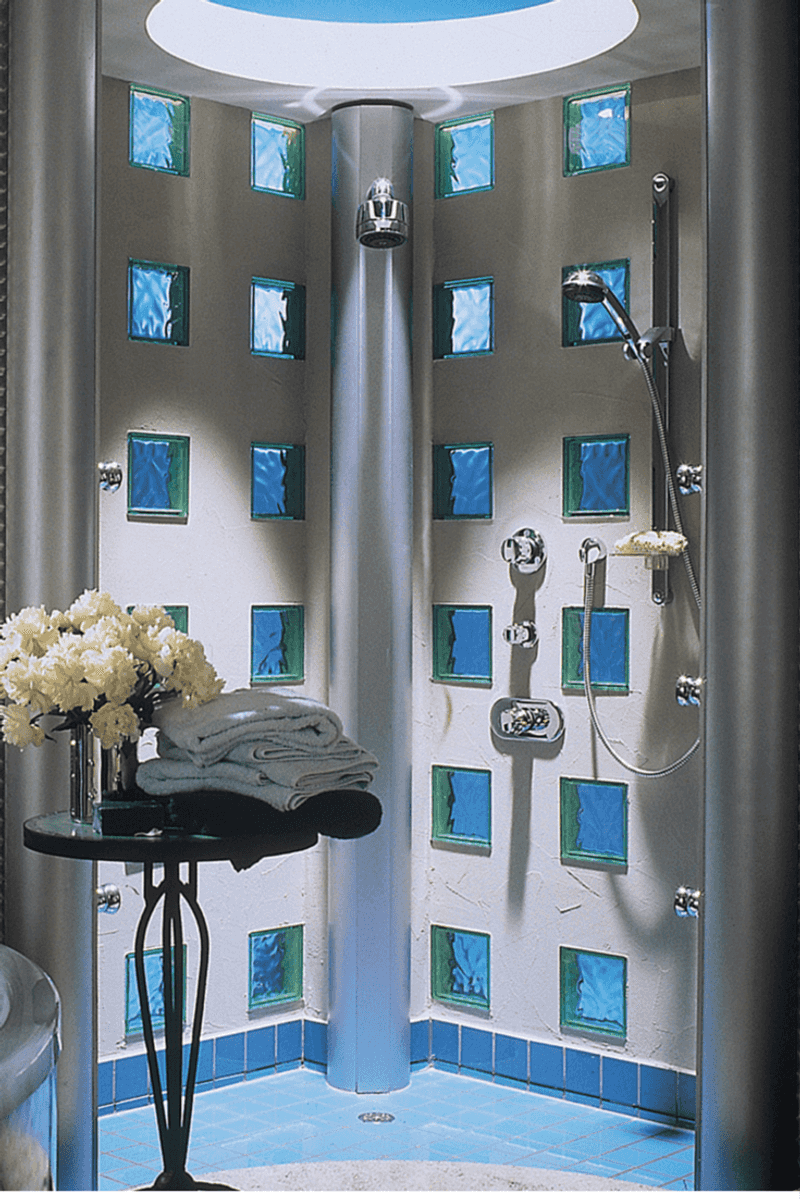
The glass block shower enclosure or room divider brings unique character and light diffusion to your space. I appreciate how my glass block bathroom window provides privacy while still allowing natural light to filter through. The vintage aesthetic connects to my home’s original era in a way modern materials can’t replicate.
Many buyers view glass blocks as distinctly dated features from the 1980s and 1990s. They see the thick, distorted appearance as a design element that doesn’t align with current preferences for clean lines and transparency. Removing glass block installations often requires significant reconstruction.
If your glass block features are in good condition, consider updating surrounding elements to create a more cohesive look. Modern fixtures, contemporary paint colors, and simplified decor can help integrate this distinctive feature. For shower enclosures, ensure the grout is immaculately clean to present the feature in its best possible light.
14. Carpeted Stairs
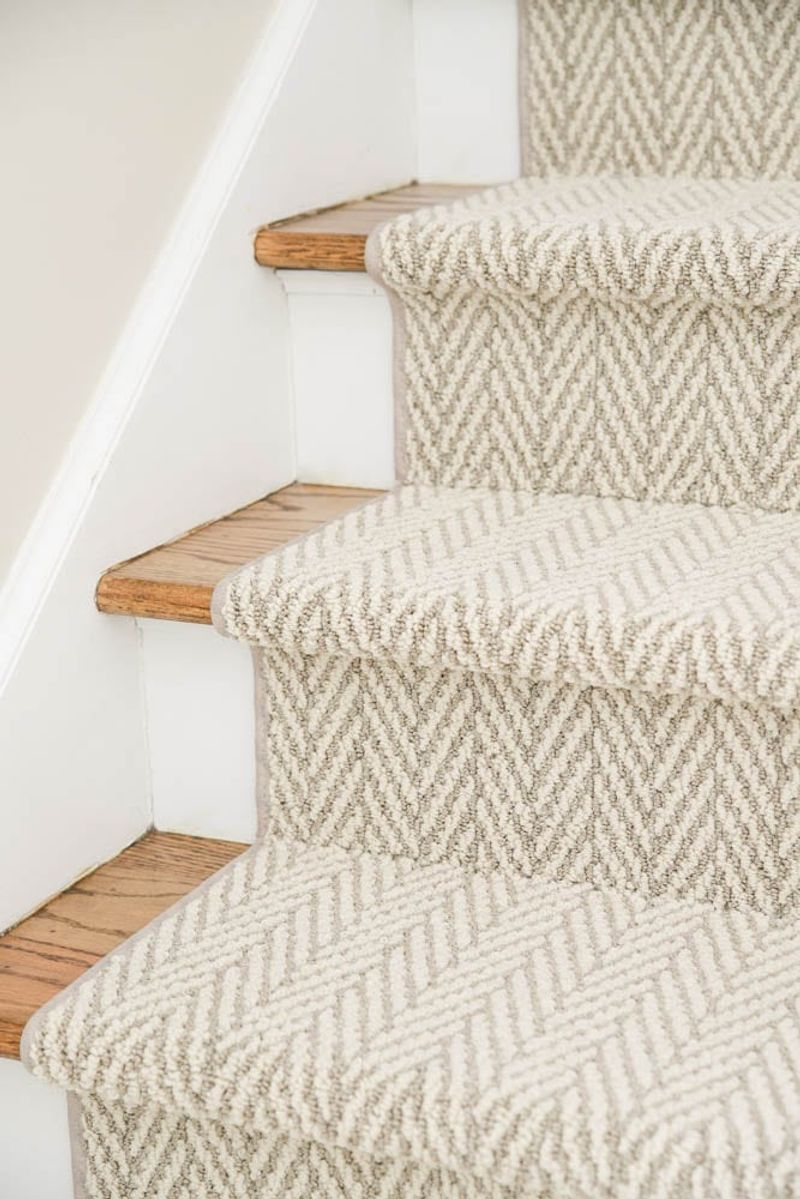
Your carpeted staircase provides safe footing and noise reduction between floors. I chose plush carpet for our stairs to prevent slips and cushion potential falls for our young children. The carpet runner also protects the wooden treads underneath from wear and tear.
Buyers increasingly prefer hardwood stairs with perhaps a removable runner. They worry about carpet trapping dust and allergens in a high-traffic area. Stained or worn stair carpet immediately signals maintenance issues, even if the rest of your home is immaculate.
If your stair carpet remains in excellent condition, professional cleaning before showing can make a significant difference. For worn carpet, consider replacing just the stair covering rather than all flooring. Alternatively, removing carpet to reveal hardwood treads (if present) and refinishing them can dramatically update your home’s appearance while appealing to current buyer preferences.
15. Dark Wood Paneling
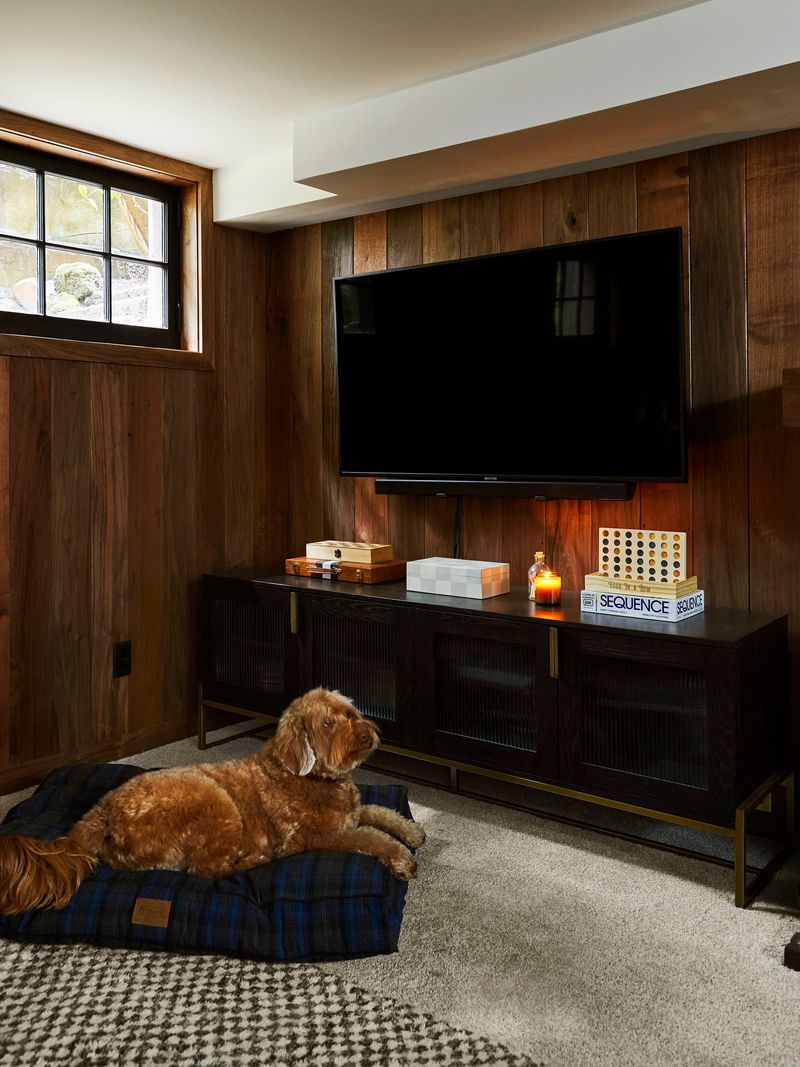
The rich wood paneling in your den or basement creates a cozy, traditional atmosphere you’ve come to love. I appreciate how my paneled walls add warmth and character that drywall simply can’t match. The natural wood grain tells a story about my home’s history and craftsmanship.
Most buyers see dark paneling as a renovation project waiting to happen. It makes spaces feel smaller, darker, and trapped in a different decade. They immediately calculate the cost of removal or painting to achieve a more contemporary look.
If you’re not ready to remove beloved paneling before selling, consider painting a sample section to show potential buyers the transformation possibility. White or light gray paint can dramatically brighten paneled walls while preserving some texture. Alternatively, removing paneling from just one accent wall can help open up the space while maintaining some of the character you enjoy.
16. Outdoor Kitchens
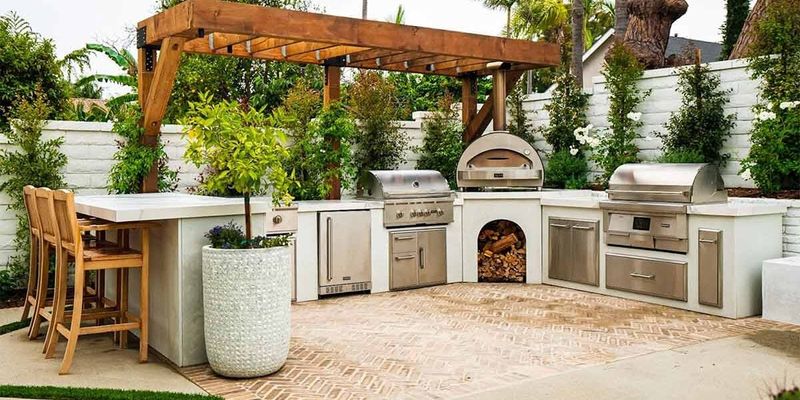
Your elaborate outdoor kitchen with built-in grill, refrigerator, and pizza oven creates the perfect entertainment space. I love hosting summer gatherings where I can cook while still engaging with guests around the outdoor bar. The custom stonework and specialized appliances elevate ordinary barbecues into gourmet experiences.
Many buyers see extensive outdoor kitchens as maintenance headaches rather than amenities. They calculate the upkeep costs for weather-exposed appliances and wonder how often they’d actually use such specialized features. In regions with shorter outdoor seasons, the value proposition diminishes further.
When selling, highlight the quality materials and low-maintenance aspects of your outdoor kitchen. Stage the area to show its entertainment potential with casual seating and simple décor. Consider having appliances professionally serviced before listing to demonstrate their good working condition and care, addressing buyer concerns about ongoing maintenance.
17. Small Closets (disliked)
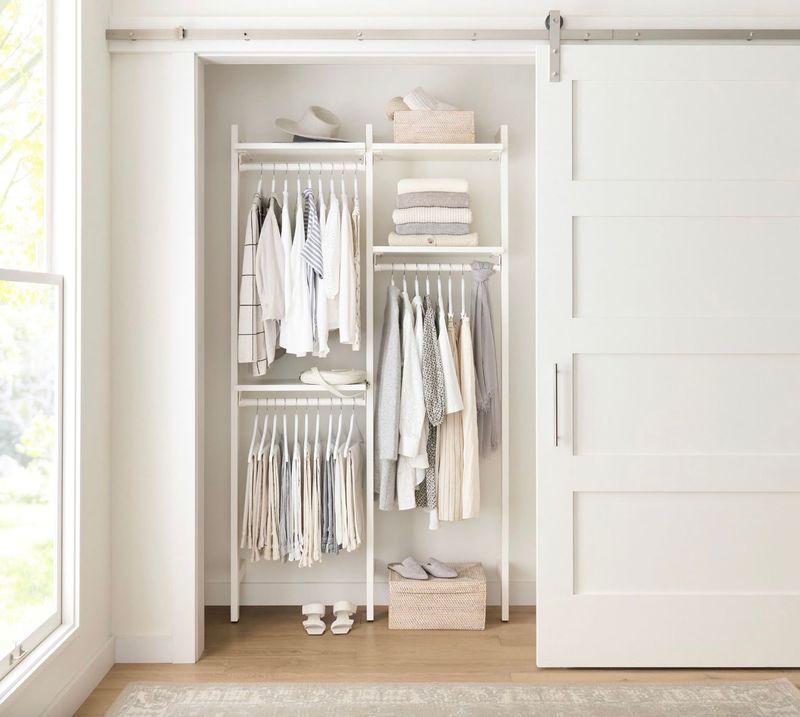
Tiny closets force difficult decisions about which clothes make the cut each season. I struggle finding space for even basic wardrobe essentials, let alone seasonal items or special occasion wear. The constant rotation of clothing to storage bins under beds or in attic spaces creates a frustrating organizational challenge.
Both homeowners and buyers universally dislike insufficient closet space. Modern lifestyles demand more storage than older homes typically provide. Walk-in closets have become expected features in primary bedrooms, with standard closets desired in all other bedrooms.
When selling a home with small closets, maximize their appearance by removing half your clothes and installing efficient organizers. Demonstrate alternative storage solutions throughout the home to offset this limitation. If renovation is possible, expanding even one closet can significantly impact buyer perception, showing the potential for similar improvements in other areas.
18. Low Ceilings (disliked)
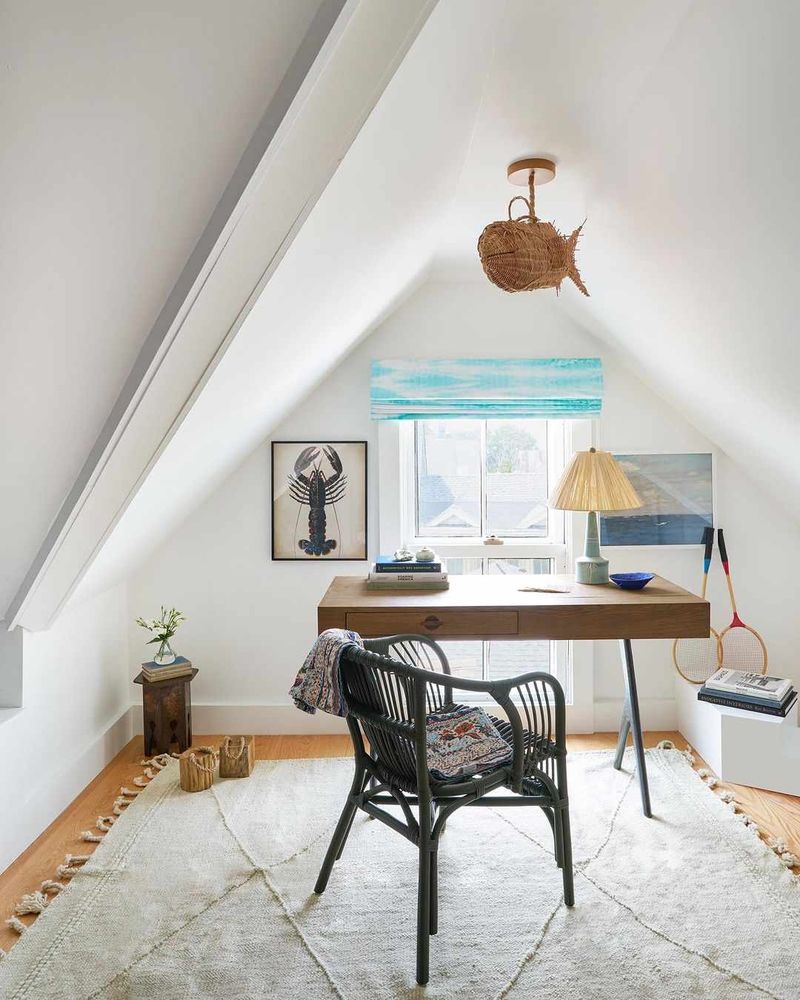
Ceilings under eight feet create a cramped feeling no matter how you decorate. I constantly bump light fixtures when stretching or carrying tall items through rooms. The psychological impact of low ceilings makes even reasonably sized rooms feel smaller and more confined than they actually are.
Both current homeowners and potential buyers dislike the claustrophobic feeling of low ceilings. Standard ceiling height expectations have increased over decades, making older homes with lower ceilings feel dated. Tall buyers especially notice this limitation during showings.
While raising ceilings usually isn’t practical, there are visual tricks to minimize their impact. Painting ceilings lighter than walls creates an illusion of height. Recessed lighting eliminates hanging fixtures that draw attention to low clearance. When selling, remove crown molding in rooms with very low ceilings, as it visually lowers the ceiling even further.
19. Awkward Layouts (disliked)
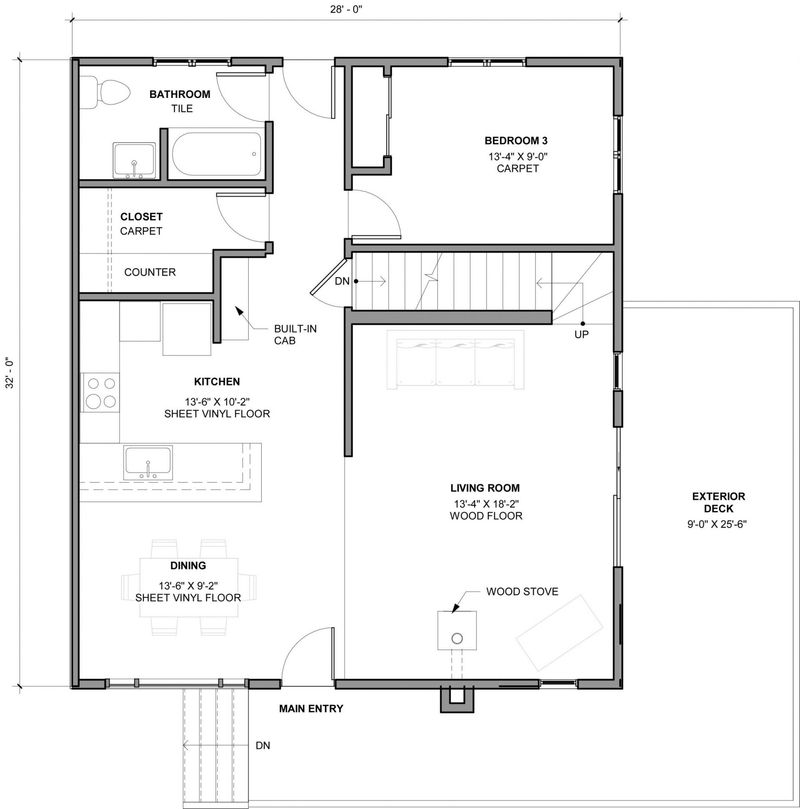
Strange room configurations with illogical traffic patterns create daily frustration. I have to walk through one bedroom to reach another, creating privacy issues for everyone. The kitchen placement relative to the dining area means carrying hot dishes through the living room during every meal service.
Awkward layouts universally frustrate both current homeowners and potential buyers. Poor flow disrupts daily living and limits furniture arrangement options. Buyers immediately notice these functional problems during showings and often eliminate such homes from consideration.
When selling a home with layout challenges, strategic furniture placement can help demonstrate viable living arrangements. Remove unnecessary doors or use curtains to suggest potential modifications. If budget allows, consult with a contractor about removing non-load-bearing walls to improve flow. Being transparent about quirky layouts while showing thoughtful solutions helps buyers see possibilities rather than just problems.
20. Lack of Storage (disliked)
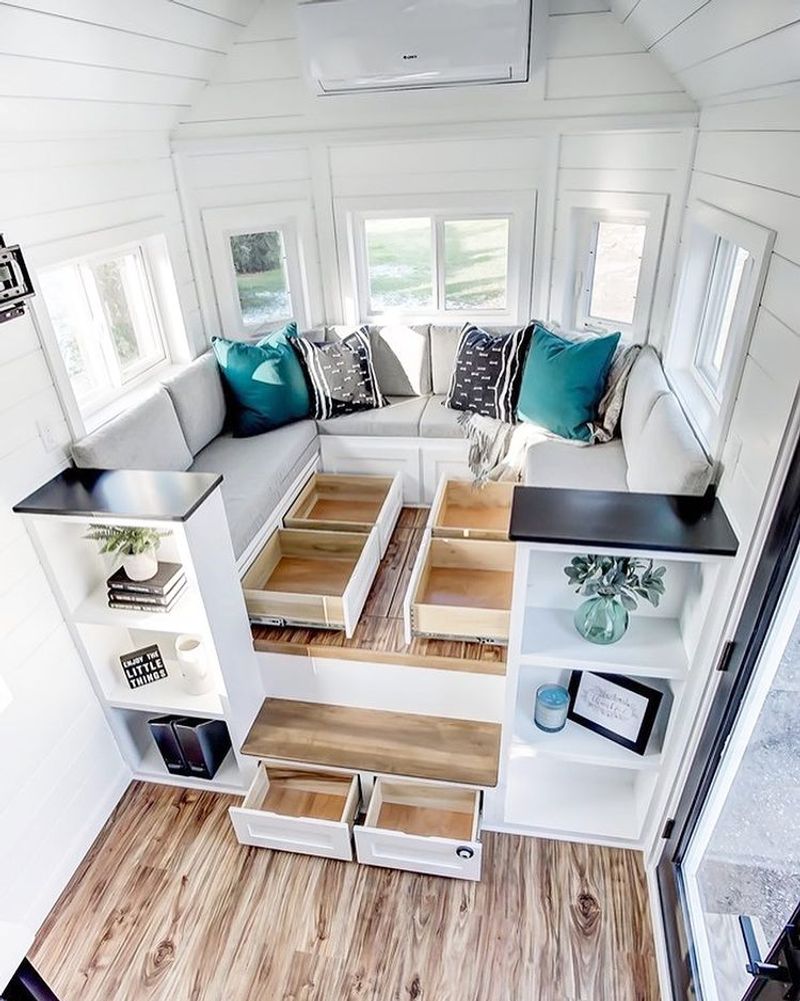
Insufficient storage creates constant clutter and organizational challenges throughout daily life. I can never find enough places for everyday essentials, let alone seasonal decorations or rarely used items. The visible clutter from inadequate storage makes even clean spaces feel messy and disorganized.
Both homeowners and buyers universally dislike properties with minimal storage options. Modern lifestyles involve more possessions than ever before, making adequate storage crucial. The absence of closets, pantries, or utility spaces forces compromises that affect daily functioning.
When selling a storage-challenged home, invest in clever organizational systems that maximize existing spaces. Demonstrate how furniture with built-in storage can supplement limited closets. If possible, create additional storage by finishing attic spaces or adding garage shelving. These relatively affordable improvements show buyers that storage solutions exist, even if the home’s original design didn’t prioritize this essential feature.
21. No Natural Light (disliked)
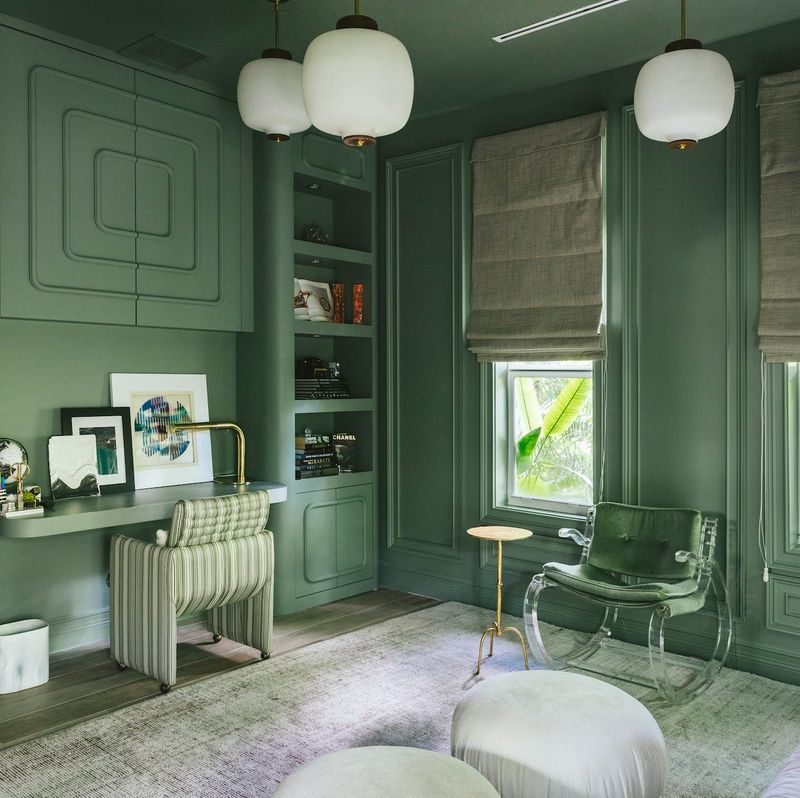
Dark interiors with minimal windows create a cave-like atmosphere that affects mood and energy. I find myself turning on lights even during daytime hours because natural sunlight rarely penetrates my living spaces. The lack of connection to the outdoors makes the home feel isolated from nature’s daily rhythms.
Insufficient natural light ranks among the most universally disliked home features. Both current owners and potential buyers immediately notice dark interiors. Studies show natural light impacts everything from mood to productivity, making this feature increasingly important to today’s buyers.
When selling a light-challenged home, maximize what natural light exists by removing heavy window treatments and cutting back exterior landscaping that blocks windows. Strategic mirror placement can help bounce limited light deeper into rooms. Schedule showings during the brightest time of day for your home, and use full-spectrum light bulbs that mimic natural light in darker areas to create a more welcoming atmosphere.

